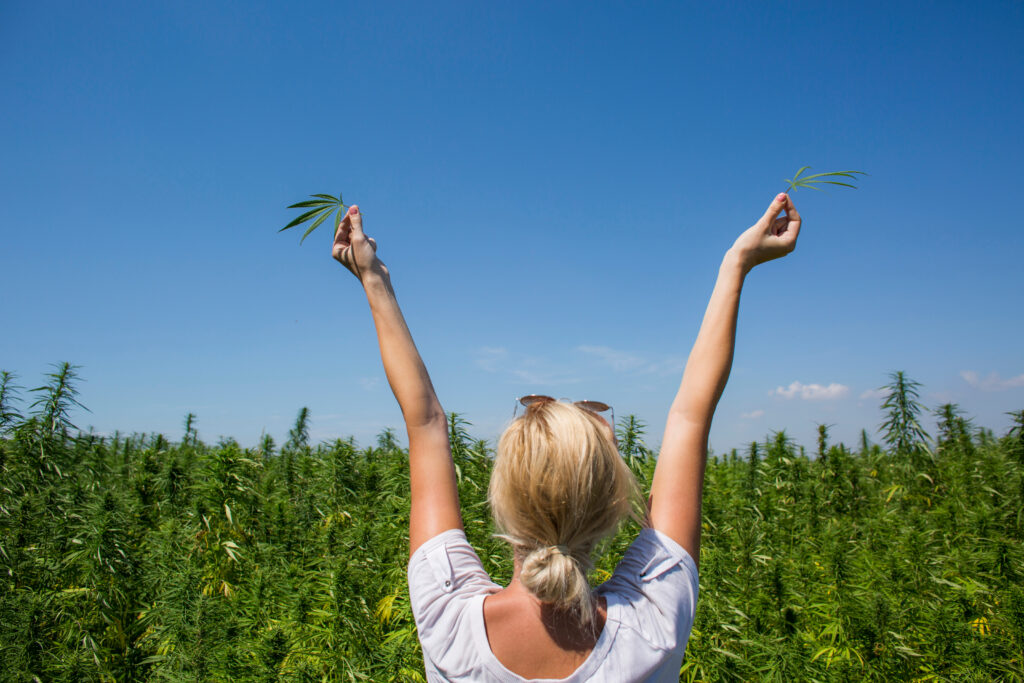
Harnessing Hemp and Cannabis: A Solution for Health, Sustainability, and Innovation
As the world grapples with the challenges of climate change, rising health costs, and the need for renewable resources, hemp and cannabis are emerging as versatile, eco-friendly, and transformative plants. With deep roots in history, these plants are finding renewed relevance in medicine, construction, biofuel production, textiles, and environmental solutions. Here, we explore how hemp and cannabis are reshaping these industries and the profound benefits they offer.
1. Medical Benefits of Cannabis
Cannabis has long been revered for its therapeutic properties. With over 100 unique compounds known as cannabinoids, cannabis can target a range of health issues, from pain relief to mental health.
- Pain Relief: Cannabinoids like THC and CBD interact with the body’s endocannabinoid system, helping manage chronic pain, arthritis, and migraines.
- Mental Health Support: Studies suggest that CBD can reduce symptoms of anxiety, depression, and PTSD. Unlike many pharmaceuticals, CBD has minimal side effects, making it an appealing natural alternative.
- Anti-inflammatory Properties: For conditions such as multiple sclerosis and Crohn’s disease, cannabis has shown promise in reducing inflammation, thus alleviating symptoms and improving quality of life.
- Epilepsy and Neurological Disorders: CBD oil is an approved treatment for some forms of epilepsy, including rare childhood forms like Dravet syndrome. Researchers are also studying its potential benefits for neurodegenerative diseases like Parkinson’s and Alzheimer’s.
2. Sustainable Building Materials
Hemp has stepped into the spotlight as an eco-friendly alternative in the construction industry. Known as “hempcrete,” this building material is created by mixing the inner fibres of the hemp plant with lime, creating a strong, lightweight, and highly insulating material.
- Eco-Friendly and Renewable: Hemp grows rapidly, reaching maturity in just a few months, and doesn’t require as many resources as traditional crops. The plant sequesters carbon, meaning it absorbs more carbon dioxide than it emits.
- Durability and Insulation: Hempcrete offers natural thermal and sound insulation. Buildings constructed with hempcrete are energy-efficient, reducing heating and cooling costs.
- Fire and Pest Resistance: Hempcrete is resistant to mould, pests, and fire, making it a safer and longer-lasting choice for construction.
3. Biofuel Potential
Hemp is a promising crop in the biofuel industry due to its low resource needs and high biomass yield.
- Eco-Friendly Fuel: Hemp can be converted into biodiesel and ethanol, providing a sustainable alternative to fossil fuels. Using hemp for fuel production could reduce greenhouse gas emissions significantly.
- High Yield and Low Impact: Compared to other biofuel crops like corn, hemp has a higher yield and requires fewer pesticides and fertilisers, making it a more environmentally sustainable option.
- Rapid Growth Cycle: With a growth cycle of just 4-6 months, hemp can produce several harvests annually, allowing for constant biofuel production.
4. Textiles and Fabrics
Hemp is one of the oldest known fibres, and its resurgence in the textile industry is helping create sustainable clothing and fabrics.
- Durability and Softness: Hemp fibres are strong and become softer with each wash, making them ideal for clothing that’s both comfortable and long-lasting.
- Low Resource Consumption: Unlike cotton, which requires substantial water and pesticides, hemp can grow with minimal water and no herbicides. This makes it a more sustainable choice for the fashion industry.
- Biodegradability: Hemp textiles are fully biodegradable, reducing landfill waste and helping the fashion industry shift towards circular and sustainable practices.
5. Environmental Benefits
From soil health to carbon sequestration, hemp is a powerful tool for environmental restoration.
- Soil Regeneration: Hemp has deep roots that help prevent soil erosion and improve soil structure. It can also absorb heavy metals and pollutants, aiding in soil detoxification.
- Carbon Sequestration: Hemp absorbs more CO₂ than most crops, helping reduce greenhouse gases. Its rapid growth rate allows for more frequent planting cycles, making it a highly efficient carbon sink.
- Biodiversity Support: Hemp’s ability to grow without pesticides allows it to coexist with a range of other plants and organisms, supporting biodiversity in farming areas.
A Vision for the Future
The potential of hemp and cannabis across industries signals a shift towards a greener, more sustainable future. From innovative medical applications and eco-friendly building materials to renewable fuel sources and sustainable textiles, these plants could hold the key to addressing many of the world’s most pressing challenges. As more countries recognise their value, hemp and cannabis may just redefine how we approach health, sustainability, and innovation in the 21st century.
For those interested in exploring sustainable alternatives, incorporating hemp and cannabis-based products is not only a step towards personal wellness but also a commitment to environmental stewardship and social responsibility.
